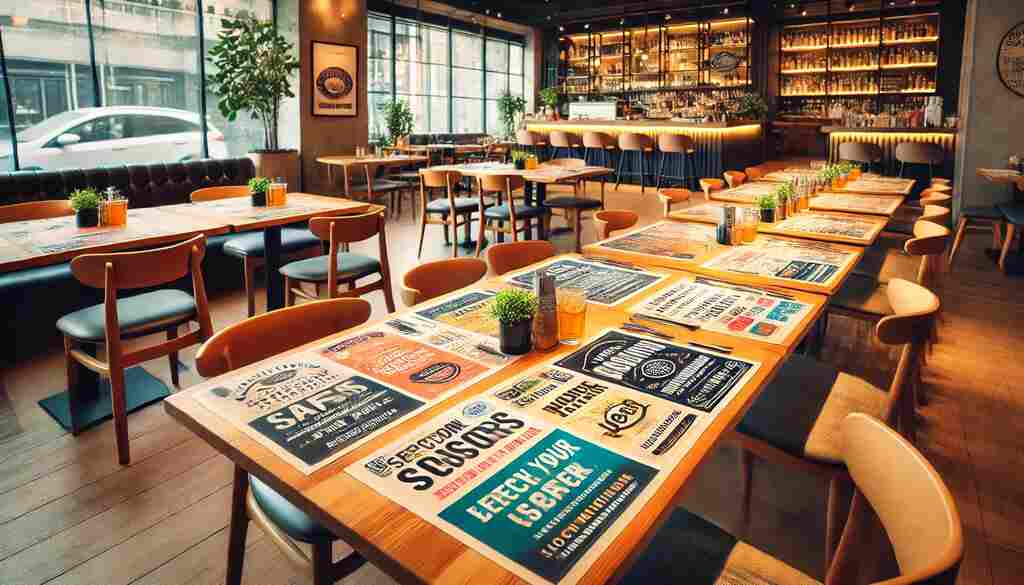
Digital Advertising in Doctor’s Office Waiting Room: Transforming Patient Downtime into Valuable Brand Engagement
Have you ever found yourself flipping through outdated magazines while waiting for a doctor’s appointment? Imagine replacing that idle time with dynamic content that informs, entertains, and even encourages patients to take action. That’s the power of digital advertising in






